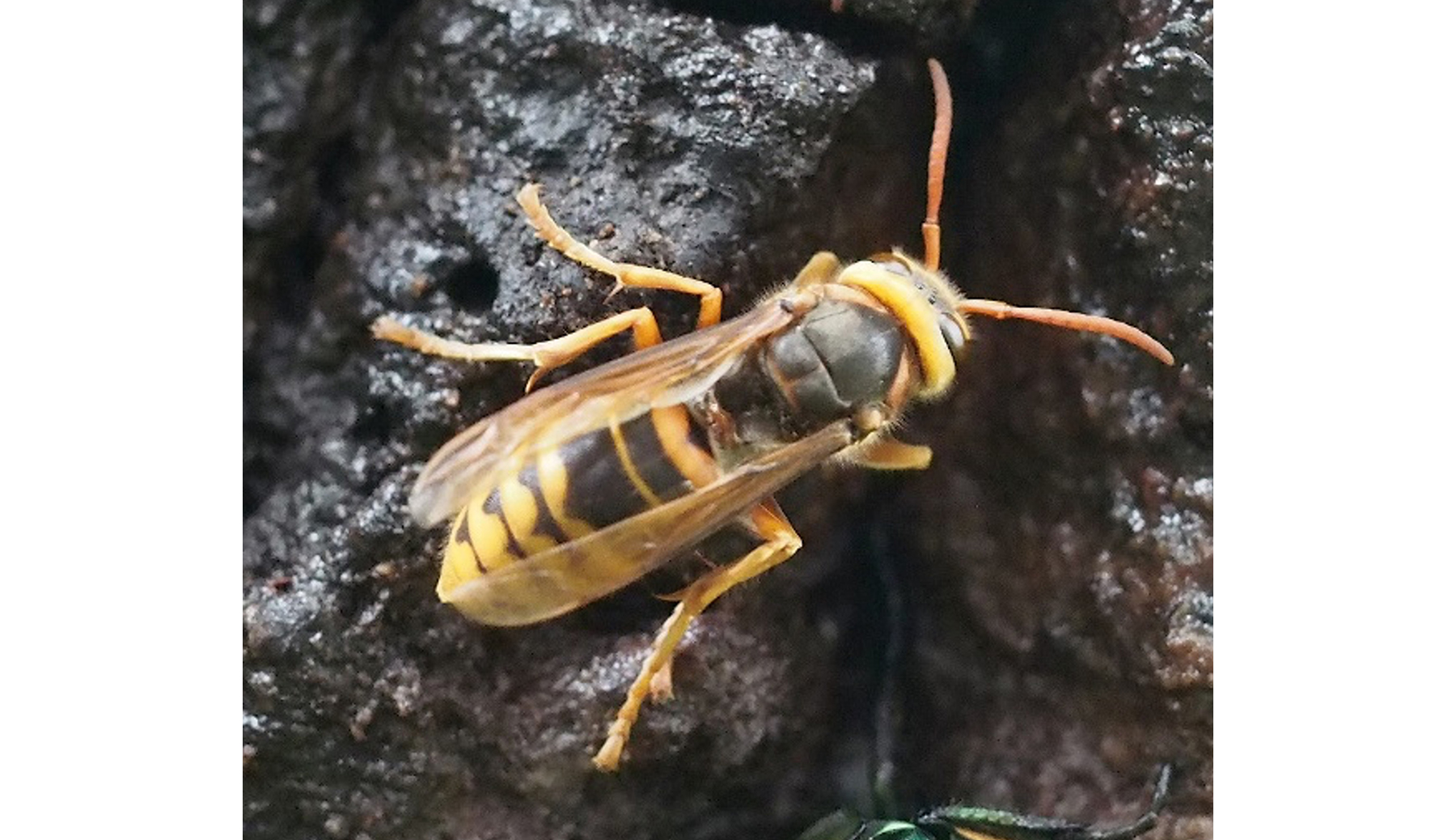Cataloging the availability of whole genome sequence information for endangered species in Japan: where is the cold spot?
Kuraku Group / Molecular Life History Laboratory
Genome assembly catalog for species in the Japanese Red List: unlocking endangered biodiversity through genomic inventory
Kryukov, K., Nakahama, N., and Kuraku, S.
F1000Research (2024) 13, 583 DOI:10.12688/f1000research.149793.2

Genomic information on another subspecies of the same species, Vespa crabro crabro, was recently obtained by a British institute and shown to be consistent with the previously reported karyotype (2n=50).
Whole genome sequence reading, which can be regarded as a catalog of DNA information, is a prerequisite for an accurate understanding of the genetic diversity that is key to the survival of a species; DNA sequences also contain information on the molecular basis that determines the ecological, morphological, and behavioral characteristics of a species. In both ways, whole genome sequencing is essential for understanding biodiversity, yet this information is available for only a handful of species. Dr. Kirill Kryukov of Joint Support-Center for Data Science Research of Research Organization of Information and Systems (ROIS-DS), Dr. Naoyuki Nakahama of the University of Hyogo and Museum of Nature and Human Activities, Hyogo, and Dr. Shigehiro Kuraku of the National Institute of Genetics have therefore focused their attention on rare species among the wild organisms living in Japan, and have developed a database, Genome sequence data availability for the Japanese Red List, which lists the accumulation status of whole genome sequence information.
This database catalogs the registration status of NCBI whole genome sequence information for rare species based on the “Red List 2020 of the Ministry of the Environment (In Japanese only)” and the “Red List of Marine Organisms of the Ministry of the Environment”, and the summarized information is made freely accessible online. The information can be viewed as a table in a web browser. The status of accumulation can be checked at a glance not only by species or subspecies, but also by taxonomic units such as “mammals,” “insects,” and “fungi” (Fig. 1). The system is also equipped with a function to regularly update the display content to reflect new information registered daily from all over the world. In addition, by downloading the files in TSV format, it can be used for secondary data analysis.

Figure1: Status of genome sequence data availability by taxon
One of the tables from the the top page of the database. The rightmost column shows the percentage of species for which genome information has been developed among the species considered to be rare in Japan. The percentage is generally very low, although it varies from taxon to taxon.
Whole genome sequencing requires not only suitable samples for extracting high molecular weight DNA and capturing the nuclear 3D structure of DNA molecules, but also the technical capability to develop sequence information that can withstand extensive use. Although numerous technological innovations and optimizations have reduced the cost and time required for calculations, the cost sometimes runs into the millions of yen, depending on the total number of bases in the genome, and also requires the labor of specialized technical personnel. Despite these limitations, it is important to steadily accumulate information, and there are many cases overseas where national governments are taking the initiative in organizing the priorities of indigenous species and preemptively acquiring genome information. The product of this study are expected to serve as a guide for Japan to vigorously promote such efforts by identifying priorities based on the recognition of the bias in the sequence data availability, and to efficiently acquire information in a more preemptive manner.















